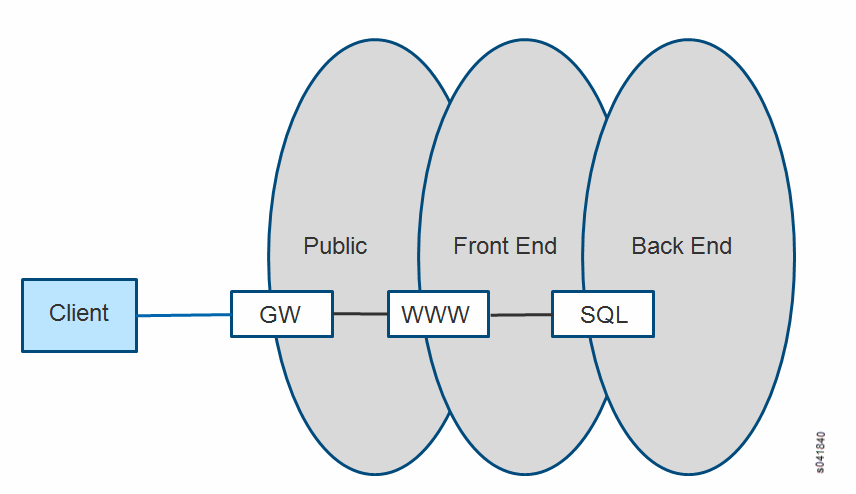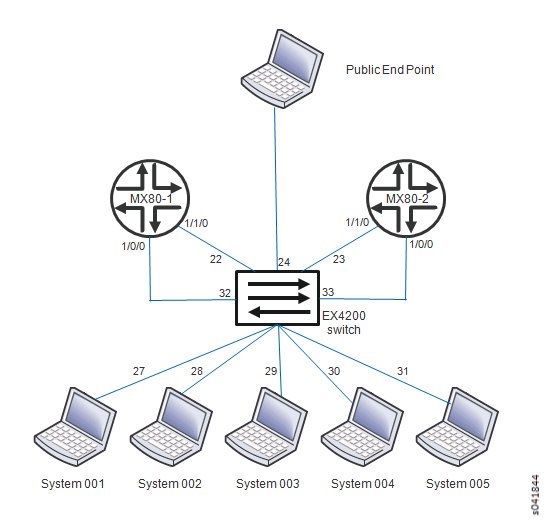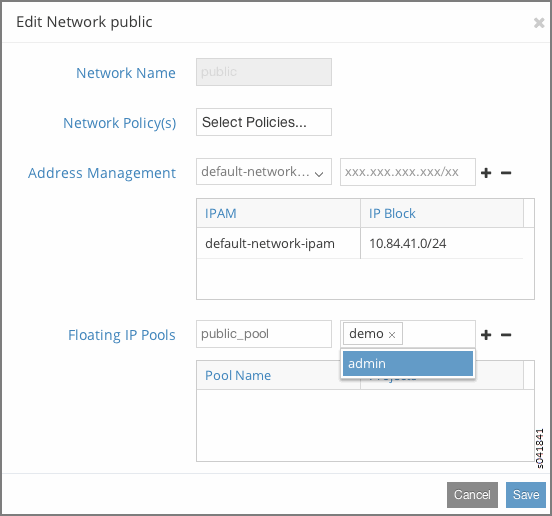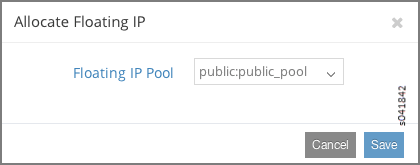- play_arrow Contrail Security
- play_arrow Configuring Virtual Networks
- Creating a Virtual Network with Juniper Networks Contrail
- Creating a Floating IP Address Pool
- Support for IPv6 Networks in Contrail
- Configuring EVPN and VXLAN
- Support for EVPN Route Type 5
- Support for EVPN Type 6 Selective Multicast Ethernet Tag Route
- Support for L3VPN Inter AS Option C
- Contrail vRouter Next Hop Configuration
- play_arrow Configuring Services
- play_arrow Configuring Service Chaining
- Service Chaining
- Service Chaining MX Series Configuration
- ECMP Load Balancing in the Service Chain
- Service Chain Version 2 with Port Tuple
- Service Chain Route Reorigination
- Example: Creating an In-Network Service Chain by Using Contrail Command
- Example: Creating an In-Network-NAT Service Chain
- Example: Creating a Transparent Service Chain by Using Contrail Command
- Using Static Routes with Services
- Configuring Metadata Service
- play_arrow Optimizing Contrail Networking
ON THIS PAGE
Example: Deploying a Multi-Tier Web Application
Multi-Tier Web Application Overview
A common requirement for a cloud tenant is to create a tiered web application in leased cloud space. The tenant enjoys the favorable economics of a private IT infrastructure within a shared services environment. The tenant seeks speedy setup and simplified operations.
The following example shows how to set up a simple tiered web application using Contrail. The example has a web server that a user accesses by means of a public floating IP address. The front-end web server gets the content it serves to customers from information stored in a SQL database server that resides on a back-end network. The web server can communicate directly with the database server without going through any gateways. The public (or client) can only communicate to the web server on the front-end network. The client is not allowed to communicate directly with any other parts of the infrastructure. See Figure 1.

Example: Setting Up Virtual Networks for a Simple Tiered Web Application
This example provides basic steps for setting up a simple multi-tier network application. Basic creation steps are provided, along with links to the full explanation for each of the creation steps. Refer to the links any time you need more information about completing a step.
Verifying the Multi-Tier Web Application
Verify your web setup.
The result will display the Contrail interface with various data populated, verifying that the web server is communicating with the database server in the backend network and retrieving data.
The client machine only has access to the public IP address. Attempts to browse to any of the addresses assigned to the frontend network or to the backend network should fail.
Sample Addressing Scheme for Simple Tiered Web Application
Use the information in Table 1 as a guide for addressing devices in the simple tiered web example.
System Name | Address Allocation |
|---|---|
System001 | 10.84.11.100 |
System002 | 10.84.11.101 |
System003 | 10.84.11.102 |
System004 | 10.84.11.103 |
System005 | 10.84.11.104 |
MX80-1 | 10.84.11.253 10.84.45.1 (public connection) |
MX80-2 | 10.84.11.252 10.84.45.2 (public connection) |
EX4200 | 10.84.11.254 10.84.45.254 (public connection) 10.84.63.259 (public connection) |
frontend network | 192.168.1.0/24 |
backend network | 192.168.2.0/24 |
public network (floating address) | 10.84.41.0/24 |
Sample Physical Topology for Simple Tiered Web Application
Figure 4 provides a guideline diagram for the physical topology for the simple tiered web application example.

Sample Physical Topology Addressing
Figure 5 provides a guideline diagram for addressing the physical topology for the simple tiered web application example.
























